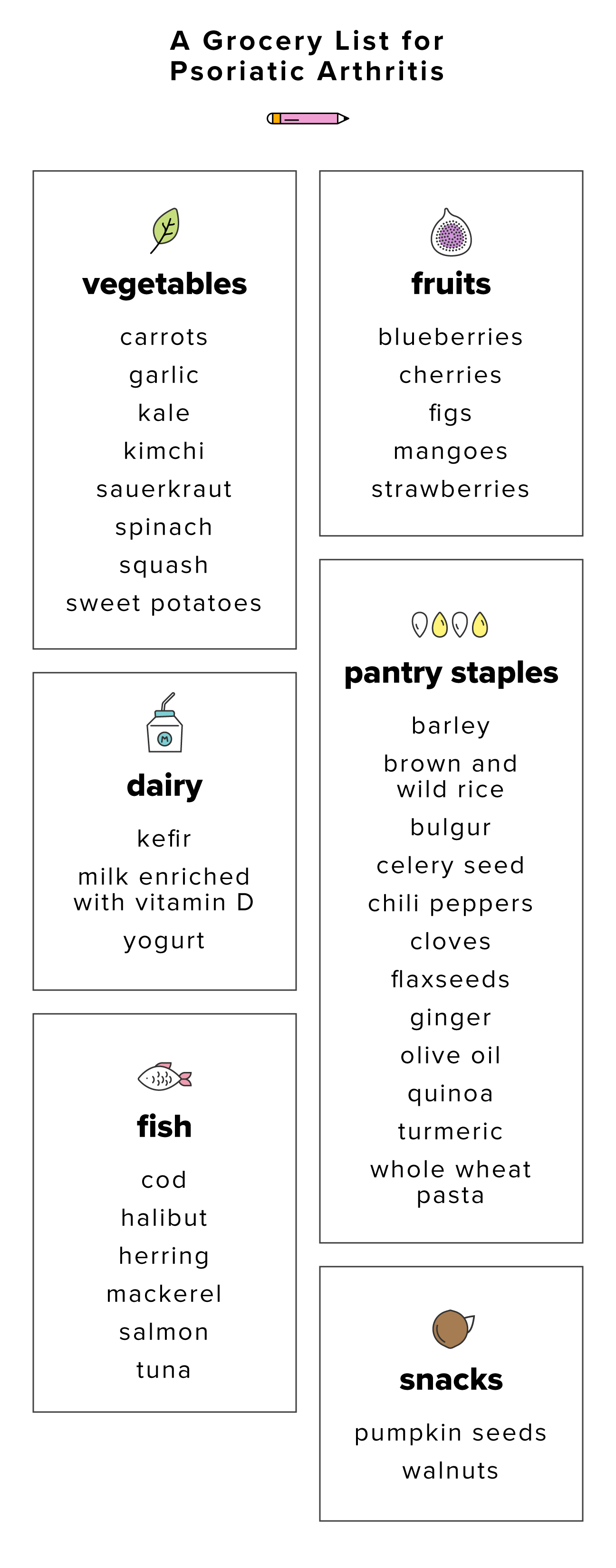
Effective Ways to Peel Butternut Squash: Your Ultimate Guide
Peeling butternut squash can be a daunting task for many home cooks. This unique winter squash, known for its sweet orange flesh and versatility in the kitchen, is a staple in various dishes such as soups, casseroles, and salads. Understanding how to peel butternut squash properly is essential not only for a better cooking experience but also enhances the flavor and texture of your dishes.
In this article, we will explore effective peeling techniques, essential kitchen tools, and safety tips for handling butternut squash. Additionally, you'll discover several cooking methods and delicious recipes that use this nutritious vegetable. By the end, you'll have all the skills you need to prep butternut squash confidently and creatively!
Key takeaways from this guide include:
- Techniques for peeling butternut squash easily.
- Best tools for cutting and peeling.
- Tips and tricks for safe handling.
- Simple recipes that highlight butternut squash.
Choosing the Right Tools for Peeling Butternut Squash
Before you start peeling butternut squash, selecting the right tools is crucial. A good-quality peeler and sharp kitchen knife can make a world of difference.
Essential Kitchen Tools for Peeling
Investing in the best kitchen tools for peeling can simplify the process significantly. A sturdy vegetable peeler designed for thick skins and a sharp chef’s knife are essential. Look for tools with comfortable grips to prevent slipping.
Alternative Peeling Methods
If you're looking for different ways to peel butternut squash, consider using more than just a knife or peeler. Techniques such as softening the squash in the microwave or using your oven can make the skin easier to remove. For instance, microwaving the squash for a few minutes can soften the skin, making it easier to peel.
Peeling Squash without a Knife
In some cases, you may want to peel squash without using a knife. Many home cooks successfully use a vegetable peeler or try boiling the squash briefly before peeling. This softening technique is often overlooked but can reduce stress in the kitchen.
Mastering Butternut Squash Peeling Techniques
With the tools ready and some techniques in mind, let’s dive into the methods for peeling butternut squash.
Step-by-Step Peeling Process
To peel butternut squash effectively, begin by cutting off both ends of the squash to create a flat, stable base. Stand the squash upright to make it easier to peel from top to bottom. Use your vegetable peeler to work down the sides, adjusting your grip as needed to ensure precision.
Knife Techniques for Cutting
In addition to peeling, mastering knife techniques for butternut squash is crucial. Always use a sharp knife to cut the squash safely and efficiently. Cut the squash in half lengthwise before scooping out the seeds. This helps to reveal the edible flesh and allows for easier slicing.
Common Mistakes to Avoid
While peeling butternut squash, many home cooks make common mistakes such as using a dull knife or attempting to peel without properly stabilizing the squash. Always prioritize safety by ensuring your cutting board is secure and that you’re using sharp tools.
Peeling Butternut Squash with Safety in Mind
Handling sharp knives and tools requires caution, especially when working with tough vegetables like butternut squash. Following safety practices can help prevent injuries.
Safe Cutting Techniques
One of the best safety tips while cutting is to use a cutting board with a non-slip surface. It’s also helpful to keep your fingers tucked in while holding the squash, allowing the knife to stay at a safe distance.
Kitchen Safety Tips
Remember to wash your hands and all cooking surfaces thoroughly before and after handling squash. Additionally, ensuring that your knife is properly cleaned and dried can help maintain its sharpness and longevity.
Understanding Butternut Squash Nutrition
Education about the nutritional benefits of butternut squash can motivate you to incorporate this vegetable into your diet. Rich in vitamins A, C, and antioxidants, butternut squash can enhance your meals with both flavor and nutrition.
Cooking Methods for Butternut Squash
Once you’ve peeled the squash, it’s time to consider the best methods to prepare it for cooking.
Roasting Butternut Squash
A popular method for cooking butternut squash is roasting. Cut the squash into cubes, toss them with olive oil and your favorite spices, then roast at a high temperature to bring out its natural sweetness.
Steaming and Boiling Squash
Steaming butternut squash retains most of its nutrients while providing a soft texture perfect for mashing. Alternatively, boiling can also tenderize the squash, making it easier to blend into soups or puree.
Making Butternut Squash Puree
After cooking, you can easily create butternut squash puree for use in soups or as a baby food. Simply blend the cooked squash until smooth, adding a touch of water or broth for the desired consistency.

Creative Butternut Squash Recipes
Incorporating peeled butternut squash into your cooking adds dimension and taste to your dishes. Here are a few recipe ideas:
Delicious Butternut Squash Soup
Making a creamy butternut squash soup starts with preparing your squash. After peeling and chopping, simmer it with vegetable or chicken broth and spices to taste, then blend until smooth. This comforting soup is perfect for cozy nights!
Butternut Squash Salad Recipes
Using roasted butternut squash in salads can enhance textures and flavors. Mixing cubed, roasted squash with greens, nuts, and a citrus vinaigrette creates a healthy and colorful dish.
Using Butternut Squash in Casseroles
Incorporating butternut squash into casseroles not only layers flavor but also adds nutritional value. Combining squash with other vegetables and proteins makes for a hearty meal.

Storing Peeled Butternut Squash
Proper storage of peeled butternut squash is essential to ensure freshness. After peeling, consider cutting it into smaller pieces, which can be stored in a sealed container in the refrigerator for up to a week.
Freezing Peeled Squash
If you have more squash than you can use immediately, freeze the peeled pieces. Blanching them briefly before freezing can help preserve their texture and flavor for future meals.
Tips for Meal Prep
Preparing your squash in advance can streamline weeknight cooking. Set aside some time for meal prep and store the peeled pieces for quick access throughout the week.
Frequently Asked Questions: Butternut Squash Peeling and Cooking
1. Why Should I Peel Butternut Squash?
The skin of butternut squash is tough and not as palatable compared to the flesh. Peeling it allows you to enjoy the sweet, soft texture perfectly suited for various dishes.
2. What’s the Easiest Way to Peel Butternut Squash?
The easiest way to peel butternut squash is to start with a sharp peeler or knife, use your microwave to soften it slightly, or simply roast it before peeling.
3. Can I Eat Butternut Squash Skin?
While the skin is technically edible, it can be quite tough and is often removed for a better eating experience. Cooking methods such as roasting can soften it, making it more palatable but often still less desirable than the flesh.
4. How Should I Store Peeled Butternut Squash?
Peeled butternut squash can be stored in an airtight container in the refrigerator for up to a week or frozen after blanching to preserve its quality.
5. What Are Some Recipes I Can Try?
Consider making butternut squash soup, salad, or casseroles. Each recipe enhances the natural sweetness and versatility of this winter squash.
Armed with these effective peeling techniques, tips, and creative recipes, you’re now ready to tackle butternut squash with confidence in your kitchen. Enjoy experimenting with this delightful vegetable!
For more culinary adventures, check out other seasonal vegetables like butternut squash and explore additional cooking methods for different types of squash.